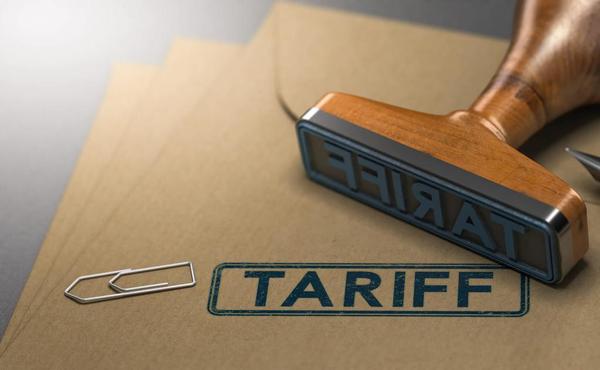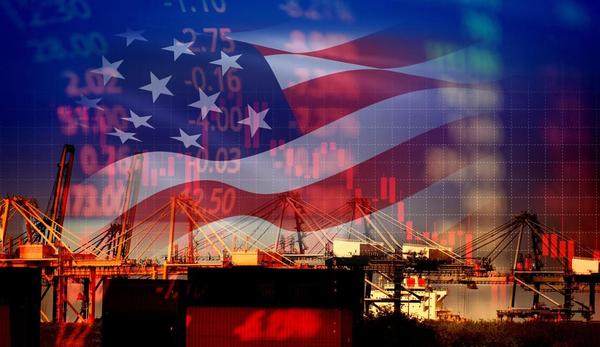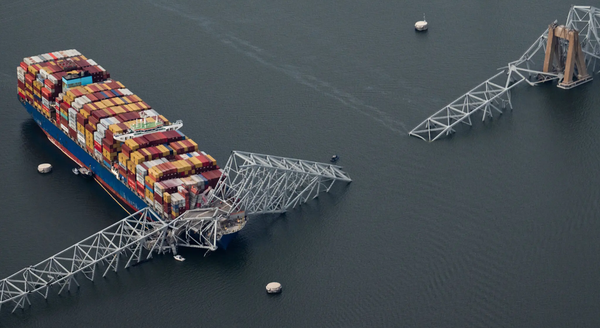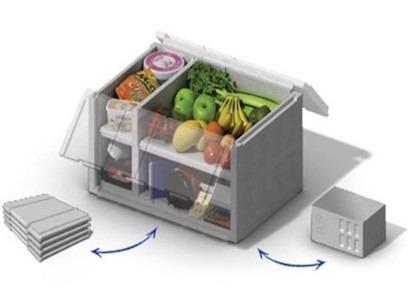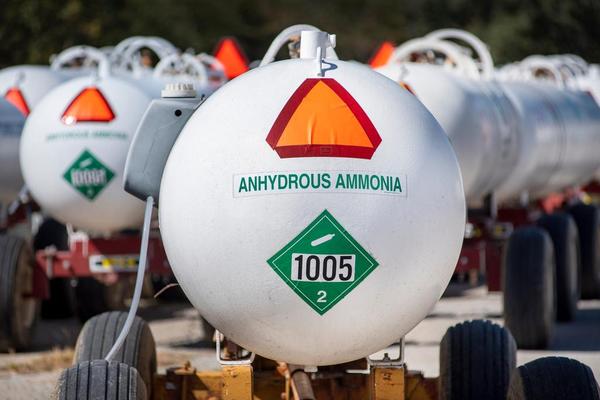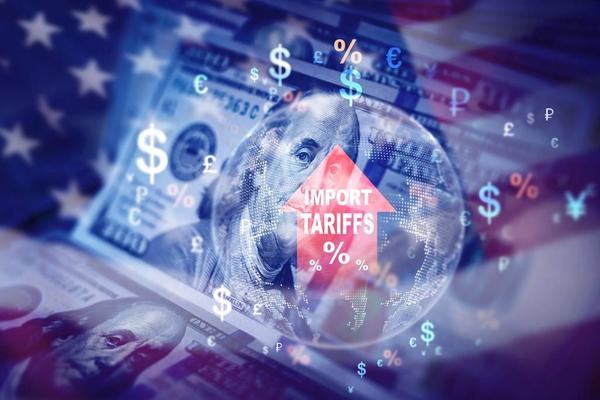

Welcome! My name is Peter Frerichs, and I am a contract writer and nonprofit consultant, working primarily with U.S. and Latin American entities on fundraising, managing grant cycles, and providing strategic program direction. Current and past client areas of work include supportive housing, access to financial services, mental health, programming for formerly incarcerated teens, education, and public policy.
I additionally provide writing services to companies operating across the finance and banking, energy, trade, and transportation sectors. I hold a Master's degree in Public Administration/Public Policy from the University of Southern California and have overseas living and working experience in Latin America.
Rates are determined per project, and I always provide an initial skeleton/draft and even some sample writing for first-time clients (free of charge, of course).
Click on the friendly menu icon (three vertical dash lines) at the top left and have a look around.
Also, be sure to check out Featured Work, and you may schedule a check-in call here.
Subscribe



